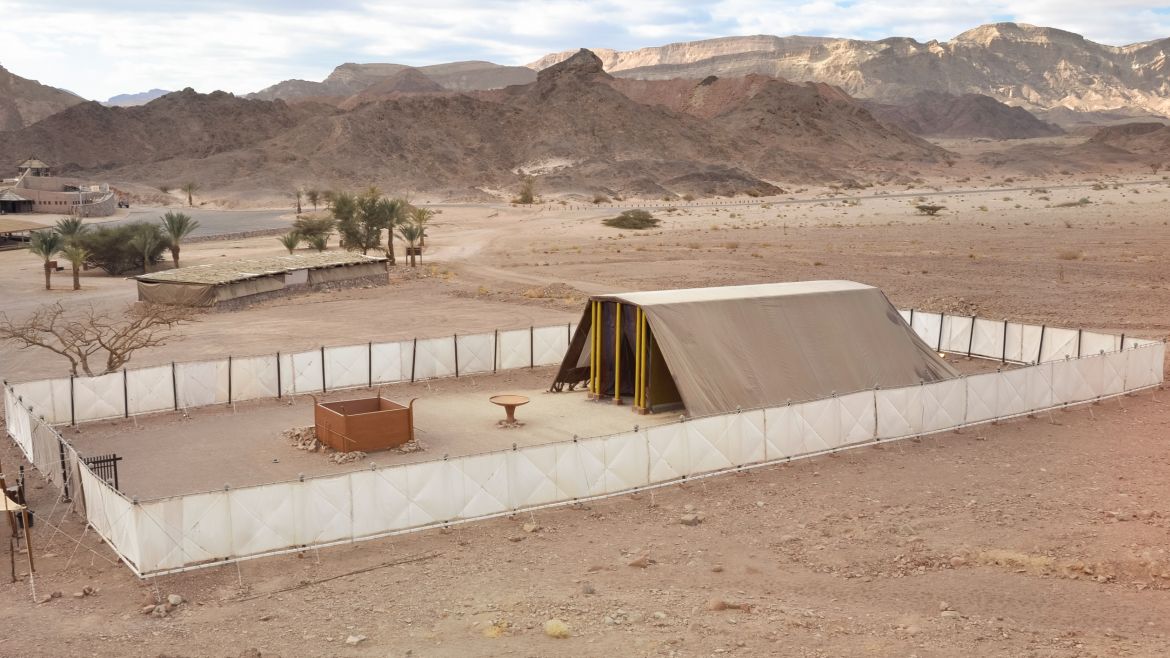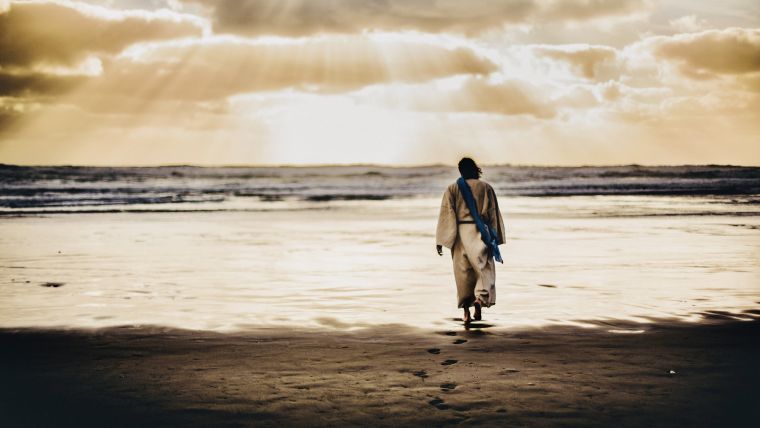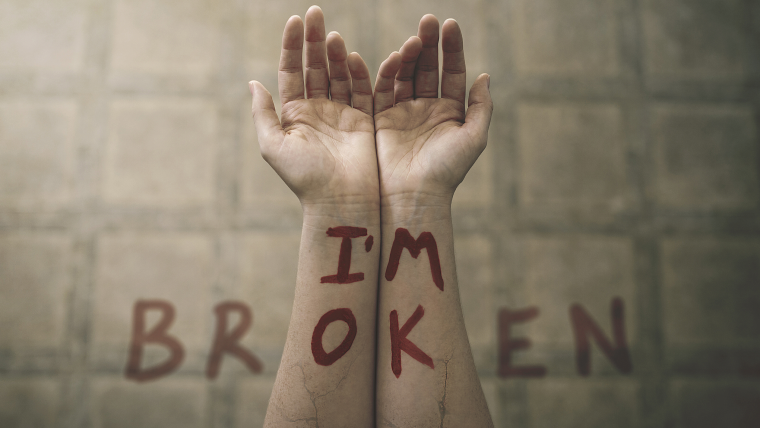Introduction
For thousands of years, the sanctuary and its services were the focus of the Israelites’ worship experience. Right after their escape from Egyptian slavery, God told Moses, “Let them make Me a sanctuary, that I may dwell among them” (Exodus 25:8, NKJV).
At this sanctuary, there were morning and evening sacrifices (Numbers 28:4). The sanctuary was the centre of the yearly feasts (Leviticus 23). All were invited to come and offer personal sacrifices for their sin (Leviticus 4). Each service reminded the people of a coming Redeemer.
This sanctuary, or tabernacle, was their “church” in the desert during their journey from Egypt to Canaan. God had a very specific plan for the building. “According to all that I show you, that is, the pattern of the tabernacle and the pattern of all its furnishings, just so you shall make it,” (Exodus 25:9, NKJV). Once they settled, they built a permanent structure. King Solomon built the first stately temple. “I propose to build a house for the name of the Lord my God,” (1 Kings 5:5, NKJV).
There is a heavenly sanctuary
The earthly sanctuary was made like the heavenly sanctuary. The Bible tells us that this heavenly sanctuary is one that “the Lord pitched, and not man” (Hebrews 8:2, KJV). The earthly sanctuary was a “copy and shadow of the heavenly things” (Hebrews 8:5, NKJV). It was modeled after the heavenly sanctuary, which was shown to Moses, so we could learn about what happens in Heaven.
“For Christ has entered, not into holy places made with hands, which are copies of true things, but into heaven itself, now to appear in the presence of God on our behalf”.
(Hebrews 9:24, ESV)
The earthly sanctuary service symbolizes the ministry of Jesus in the heavenly Sanctuary. And the various elements pointed forward to the amazing gift of Jesus Christ.
A tour of the earthly sanctuary
In your mind’s eye, walk to the entrance of the ancient Hebrew sanctuary. This tour is guided by the descriptions we find in Exodus chapters 25-27.

A fence separates the Sanctuary from the rest of the camp. Walk through the open gate and come into the courtyard. Every article of furniture, every service, every detail about the Sanctuary, bears symbolism of Jesus’ ministry for us, for He is “the way, the truth and the life” (John 14:6).
The first thing you notice in the courtyard is the Altar of Burnt Offering. This is where the morning and evening sacrifice is offered. This is the place you bring a lamb and sacrifice it for your sins.
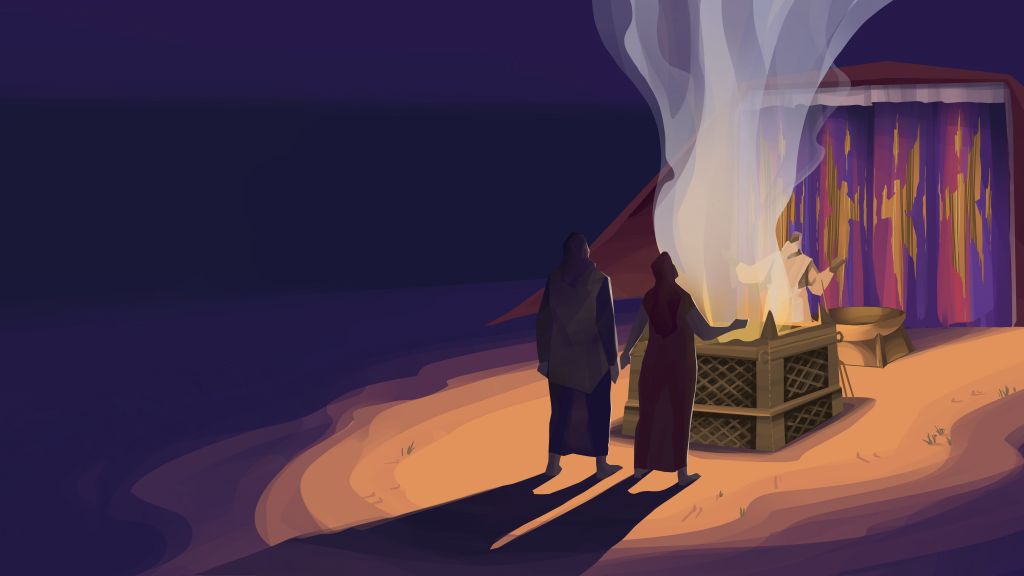
All these sacrifices point forward to Jesus, the perfect Lamb. This symbolism is reinforced in the New Testament, when John the Baptist saw Jesus and said, “Behold! The Lamb of God who takes away the sin of the world!” (John 1:29, NKJV). In Christ’s redeeming ministry, He offers His blood for our forgiveness and cleansing.
If you look a little further into the courtyard, you’ll see the Laver. This is a huge basin of water, used for the cleansing and purification of the priests.

Throughout the Bible, water is used as a symbol for life and for purity. Jesus offers a “fountain of water springing up into everlasting life” (John 4:14, NKJV), and He promises, “He who believes in Me shall never thirst” (John 6:35, NKJV). Jesus’ ministry offers us cleansing, healing, and hope through the waters of baptism. Just like the psalmist prayed, “Wash me thoroughly from my iniquity, and cleanse me from my sin” (Psalm 51:2. NKJV).
Next you will see a curtain-covered building. This is the two-compartment sanctuary, the Holy Place and the Most Holy Place. If the veil could be pulled aside, you would see the inside. This is a place that only priests can enter.
In the Holy Place, there are three pieces of furniture. The Table of Shewbread had two stacks of bread, with six loaves in each stack. This bread was made freshly each week. “I am the bread of life,” Jesus told His disciples. “He who comes to Me shall never hunger” (John 6:35, NKJV). Christ’s ministry gives us the “bread of life” through His Word. “Man shall not live by bread alone, but by every word that proceeds from the mouth of God” (Matthew 4:4, NKJV).
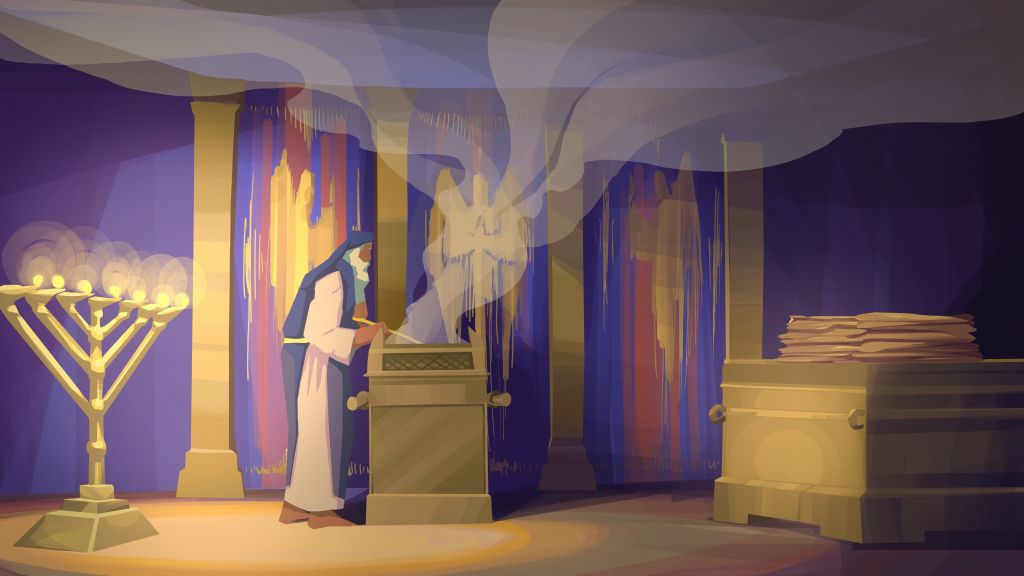
The second piece of furniture is the Golden Candlestick. There are seven lights on this candlestick, which are always filled with oil for burning.“I am the light of the world,” Jesus declared. “He who follows Me shall not walk in darkness” (John 8:12, NKJV). Jesus promises to guide us in His ways. His ministry brings joy and hope to us, and His light can shine through us to give light to others. “Let your light so shine before men, that they may see your good works and glorify your Father in heaven” (Matthew 5:16, NKJV).

The Altar of Incense is close to the veil which separates this room from the Most Holy Place. Incense is burned on this altar and it fills the sanctuary with fragrance. “Let my prayer be set before You as incense,” (Psalm 141:2, NKJV) prays David the psalmist. As our prayers rise to heaven, Jesus hears them and relays them to the Father, interceding for us (Hebrews 7:25).
Christ’s ministry enlightens our understanding as we talk with Him through prayer. We can have faith that He hears the prayers of our hearts and tends to them.
Stepping through the veil, you would find yourself in the most sacred part of the tabernacle: the Most Holy Place.
There is only one piece of furniture in this small room: the Ark of the Covenant, or the ark of Testimony. The first thing to catch your eye will likely be the two angels of gold on top of it, looking down from either side of the ark. Their wings spread over this sacred box.

Inside the ark are two tablets of stone containing God’s law, or the Ten Commandments. The law shows us God’s will and helps us to realize how much we need Him. “The law of the Lord is perfect, converting the soul. … The commandment of the Lord is pure, enlightening the eyes” (Psalm 19:7, 8, NKJV). Jesus’ ministry in the heavenly Sanctuary gives us wisdom to see why humanity needs a foundational law that tells us what is right and what is wrong.
Inside the ark is a pot of manna, the food God rained down from Heaven to feed the Israelites in the wilderness. This is a reminder of how God promises to take care of us, even when our situations seem impossible. “My God shall supply all your needs according to His riches in glory by Christ Jesus” (Philippians 4:19, NKJV).
In the ark is Aaron’s rod that miraculously flowered when the tribes questioned who God had chosen to work for Him as priests (Numbers 17:8-10). We can think of this whenever we question who is on our side. We can also remember the words of David: “The Lord is on my side; I will not fear. What can man do to me?” (Psalm 118:6).
God promised that the Ark of the Covenant was where His presence would be. “And there I will meet with you,” God told Moses. “And I will speak with you from above the mercy seat, from between the two cherubim which are on the ark of the Testimony” (Exodus 25:22, NKJV). Only the High Priest could come into the Most Holy Place where God’s presence was. This happened once each year, on the Day of Atonement.

Why is this important?
As said before, every article of furniture, every service, every detail about the Sanctuary, bears symbolism of Jesus’ ministry for us, for He is “the way, the truth and the life” (John 14:6).
“For Christ has entered, not into holy places made with hands, which are copies of true things, but into heaven itself, now to appear in the presence of God on our behalf”.
(Hebrews 9:24, ESV)
If you would like to know more about the earthly and the heavenly sanctuary, please check We Believe Bible study, as Lesson #24 covers this important topic.


